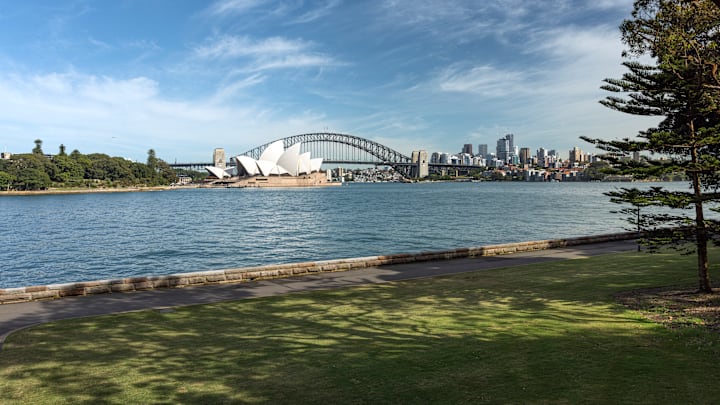One of the best kinds of medicine for a bad day is getting lost in nature. It turns out, some places are better for that than others. Time Out recently unveiled which cities are home to the world’s best green spaces based on the amount of “good” or “amazing” ratings from 18,500 people surveyed worldwide.
What Are Green Spaces?
Simply put, a green space is land that’s partially or entirely covered with vegetation, including grass, flowers, and trees. These areas aren’t limited to parks; cities may create green spaces on rooftops or in community farms as well.
The U.S. Green Building Council lists specific requirements cities must meet to make green spaces accessible to people. Prerequisites include walkability to a public park and a minimum of 121 square feet per person of green space within city limits. A green space’s intent is usually to benefit the environment and the well-being of residents.
20 Nature-Focused Cities Locals Love

According to Time Out, Medellín, Colombia, had the highest ratings (92 percent) from locals. The greenery in Colombia’s second-largest city isn’t just for show—it’s how the area stays cool. Medellín launched its “green corridor” initiative in 2016 to combat intense heat retention in buildings and roads. The city did this by planting millions of smaller plants and thousands of trees to connect green spaces. As a result, Medellín’s overall temperature decreased by 2℃ (about 3.6℉) across the city.
Eighty-eight percent of Bostonians considered their city’s green spaces and access to nature to be “good” or “amazing.” The Massachusetts city also made history with one of its most famous green spaces: the Public Garden. Victorian horticulturalists erected the garden in 1837, making it the first public botanical garden in the United States.
In third place is Sydney, Australia, with 87 percent of locals declaring the city “good” or “amazing” in regards to its green spaces. The city already has a plethora of gorgeous green spaces, such as the Chinese Garden of Friendship and the Auburn Botanic Gardens, but it’s not stopping there. Sydney is in the middle of ”greening” its urban areas. So far, it has landscaped more than 300,000 square feet of public space. Its vegetation is expected to grow by 50 percent by 2030.
Here’s the complete list of the top 20 greenest cities around the world:
Ranking | City | Country | Percentage of Positive Ratings For Green Spaces and Access to Nature |
|---|---|---|---|
1 | Medellín | Colombia | 92 |
2 | Boston | U.S. | 88 |
3 | Sydney | Australia | 87 |
= | London | UK | 87 |
5 | Austin | U.S. | 86 |
= | Edinburgh | UK | 86 |
= | Melbourne | Australia | 86 |
8 | Denver | U.S. | 84 |
9 | Abu Dhabi | UAE | 83 |
= | Cape Town | South Africa | 83 |
= | Chicago | U.S. | 83 |
12 | San Francisco | U.S. | 82 |
= | Stockholm | Sweden | 82 |
14 | Montreal | Canada | 81 |
= | Munich | Germany | 81 |
16 | Mumbai | India | 79 |
17 | Beijing | China | 78 |
18 | Zurich | Switzerland | 77 |
= | Ottawa | Canada | 77 |
20 | Brisbane | Australia | 76 |
If you’re in the U.S., you may want to visit these American cities with ample green space. California has the most green cities (Santa Clarita and Fremont) on the list, but Anchorage, Alaska, comes out on top.
Why Green Spaces Matter

There are many reasons why green spaces are beneficial. These areas can reduce the temperatures in crowded areas where heat gets trapped in human-made structures, such as buildings and streets. Places like Medellín, Colombia, prove that trees and plants can mitigate this heat retention issue (a.k.a. the urban heat island effect). Other environmental benefits include reduced air pollution and increased biodiversity.
On top of environmental factors, green spaces also dramatically improve the lives of residents. Being out in nature helps with mental health by allowing people to decompress, relax, and lower stress levels. Physical well-being can also take a positive turn, as access to the outdoors provides more opportunities for exercise. Plus, it means increased exposure to Vitamin D, which promotes bone and muscle health.
Read More Lists:
